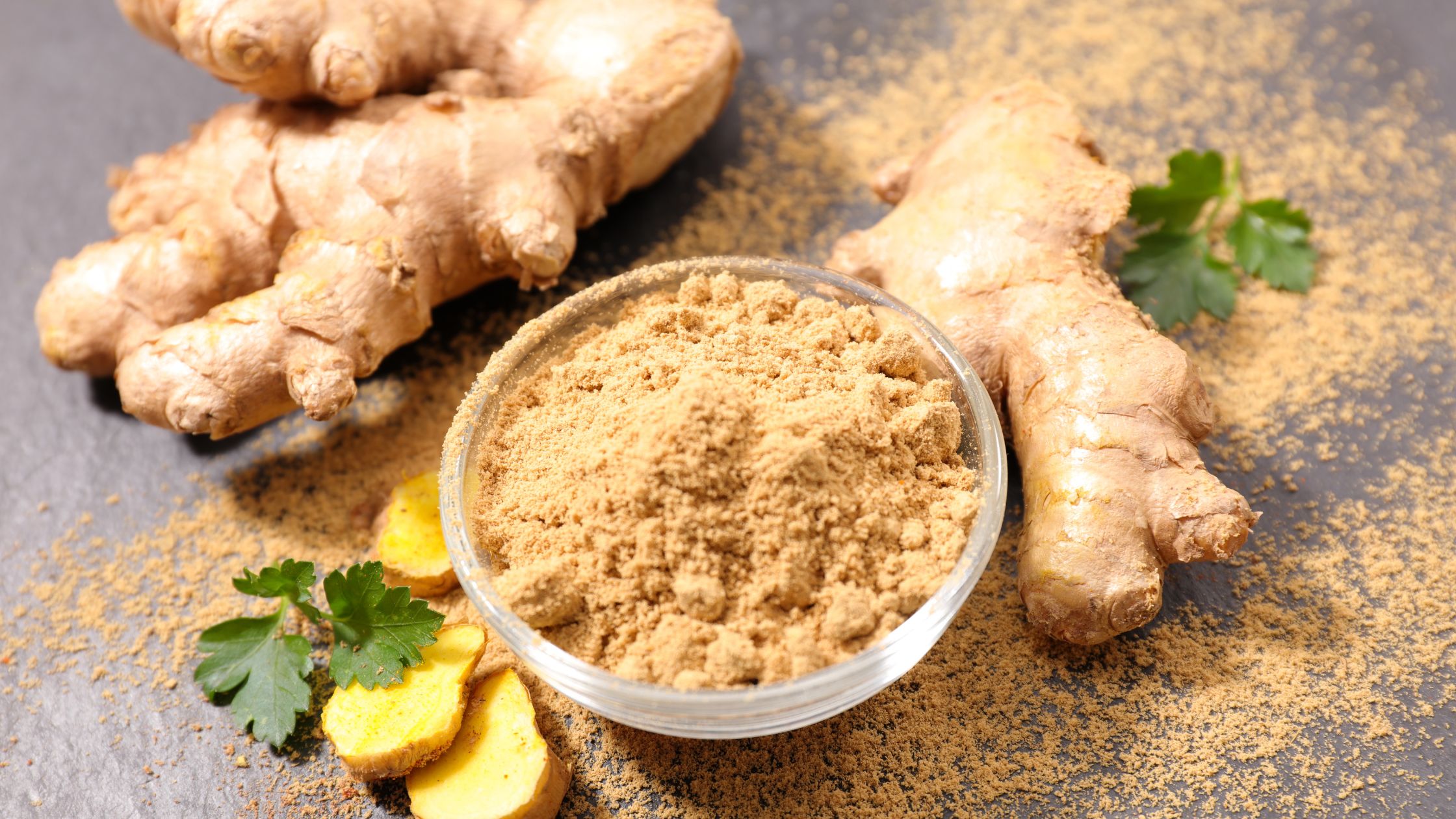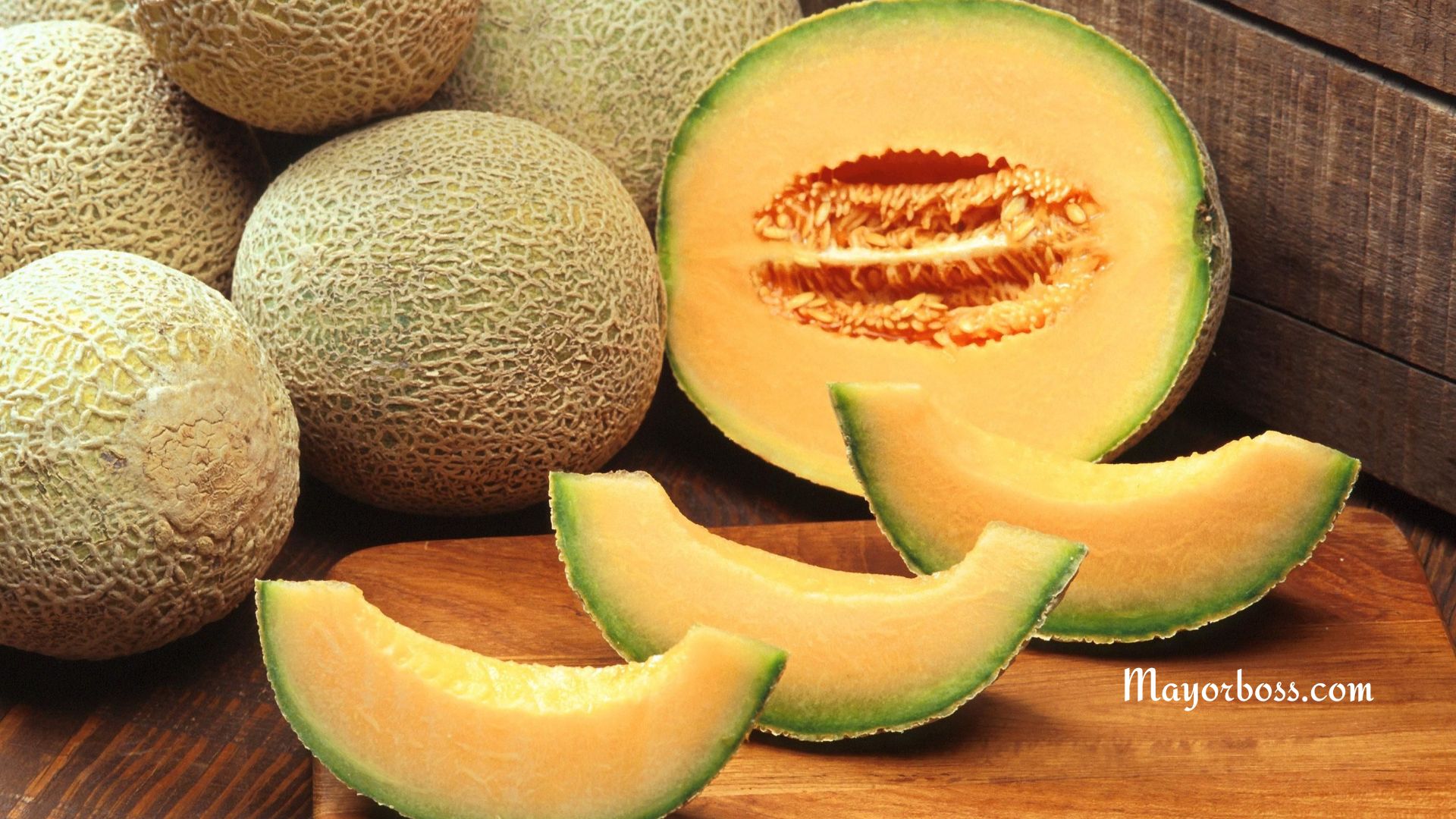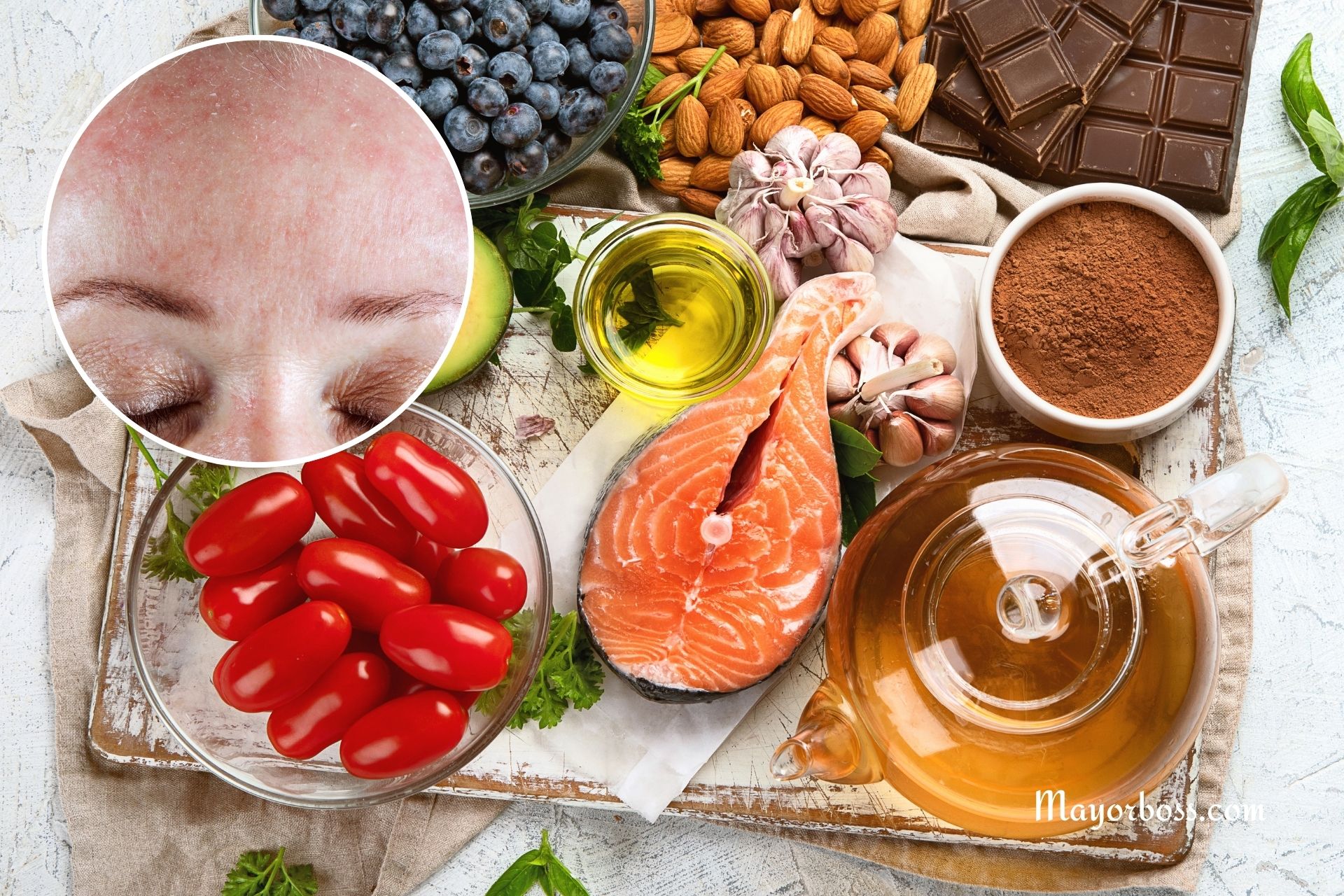5 Foods That Can Help Naturally Reduce Arthritis Pain
Arthritis pain can make even simple tasks feel difficult. There is no cure for arthritis. But certain foods may help reduce inflammation and ease your symptoms. Adding the right nutrients to your diet may provide natural relief over time.

Here are five foods backed by research that can help reduce arthritis-related inflammation and joint pain.
1. Fatty Fish
Fatty fish like salmon, mackerel, sardines, and trout are excellent for people with arthritis.
These fish are rich in omega-3 fatty acids. Omega-3s are healthy fats that decrease inflammation in the body. Multiple studies show that people who eat fatty fish regularly tend to have lower levels of joint pain and stiffness.
In addition, fatty fish provide vitamin D, which supports bone strength. Many individuals with arthritis have low vitamin D levels.
How to add it: Aim to eat fatty fish two to three times per week. You can bake, grill, or pan-sear them with olive oil and herbs for extra anti-inflammatory benefits.
2. Berries
Berries such as strawberries, blueberries, raspberries, and blackberries are packed with antioxidants.
These antioxidants, especially anthocyanins, help fight inflammation. Berries also contain vitamin C, which helps maintain healthy joints by supporting collagen production.
One study found that people who consumed berries often had lower markers of inflammation in their blood.
How to add it: Eat a cup of fresh or frozen berries daily. Add them to oatmeal, yogurt, or smoothies.
3. Flaxseed
Flaxseed is a plant-based source of omega-3 fatty acids, particularly alpha-linolenic acid (ALA). These healthy fats help reduce inflammation in the joints.
Flaxseed also contains lignans and fiber, which support overall health and may help reduce oxidative stress in the body. It’s especially helpful for people who don’t eat fish but still want the anti-inflammatory benefits of omega-3s.
How to add it: Use ground flaxseed for better absorption. Add 1 to 2 tablespoons to smoothies, yogurt, or oatmeal. You can also mix it into baked goods or sprinkle it over salads.
4. Extra Virgin Olive Oil
Olive oil contains healthy fats and powerful anti-inflammatory compounds, especially oleocanthal.
This compound acts in a similar way to nonsteroidal anti-inflammatory drugs (NSAIDs), helping reduce joint swelling and pain without harsh side effects.
In Mediterranean-style diets, olive oil is used as a main fat source, and this diet has been linked to lower arthritis symptoms.
How to add it: Use olive oil as your go-to cooking oil. Drizzle it over vegetables or mix it into homemade salad dressings.
5. Chicken Skin
While often removed due to its fat content, chicken skin contains collagen, gelatin, and healthy fats that may benefit joint health.
Collagen supports cartilage and may help reduce joint stiffness. Gelatin, which forms when collagen is cooked, can support the connective tissue that cushions your joints.
In moderation, chicken skin from home-cooked, skin-on chicken can be part of a diet that supports arthritis relief, especially when paired with anti-inflammatory foods.
How to add it: Choose chicken with the skin on when baking or roasting. Avoid deep-frying or heavily processed preparations. Pair it with vegetables and whole grains for a balanced meal.
Final Thoughts
While there is no known cure for arthritis, a healthy, anti-inflammatory diet can ease symptoms and improve your quality of life. Along with these five foods, staying active, managing stress, and maintaining a healthy weight can also support joint health.
Consistency is key. Over time, these small changes can help reduce joint pain and stiffness naturally.
FAQs
1. Can diet alone relieve arthritis pain?
Diet can’t cure arthritis, but it can reduce inflammation, which may ease pain. It works best when combined with medication, exercise, and other treatments.
2. Are there foods that make arthritis worse?
Yes. Processed foods, sugary snacks, red meats, and foods high in refined carbs can increase inflammation and worsen arthritis symptoms.
3. Is coffee bad for arthritis?
Moderate coffee intake is usually fine. But too much caffeine may trigger inflammation in some people. Listen to how your body responds.
4. What drinks help with joint pain?
Water, green tea, and herbal teas (like ginger or turmeric tea) help reduce inflammation and keep joints hydrated.
5. How long does it take for dietary changes to help arthritis?
You may start noticing changes within a few weeks, but significant improvements often take a few months of consistent eating.






